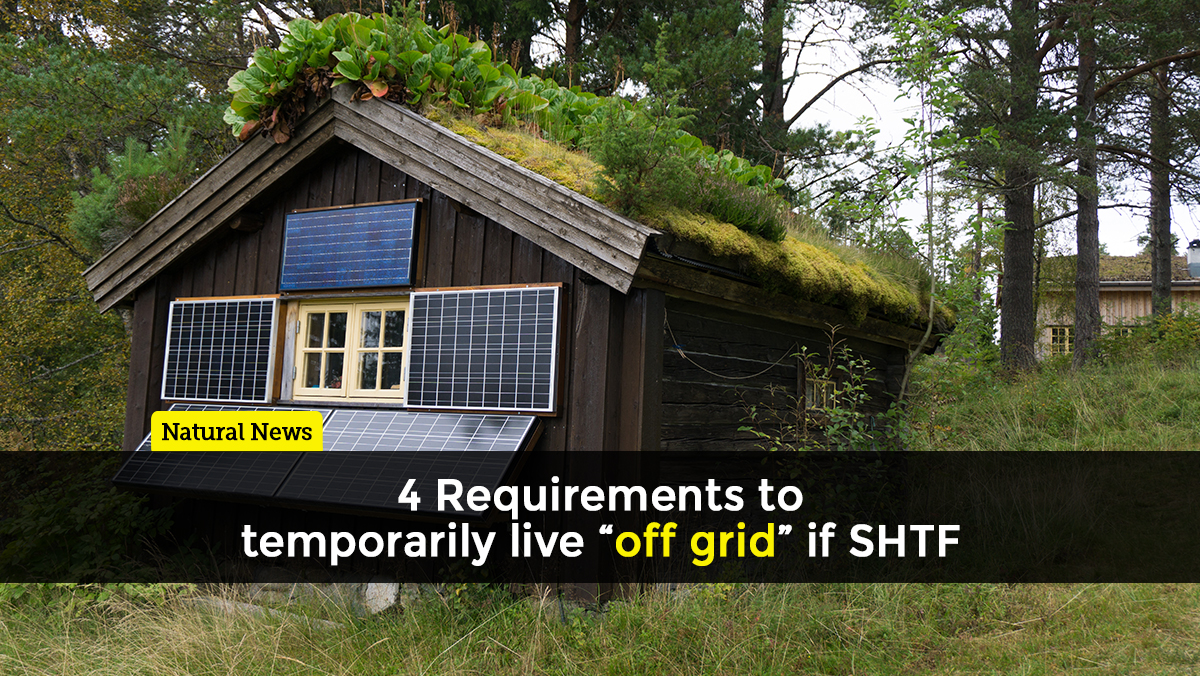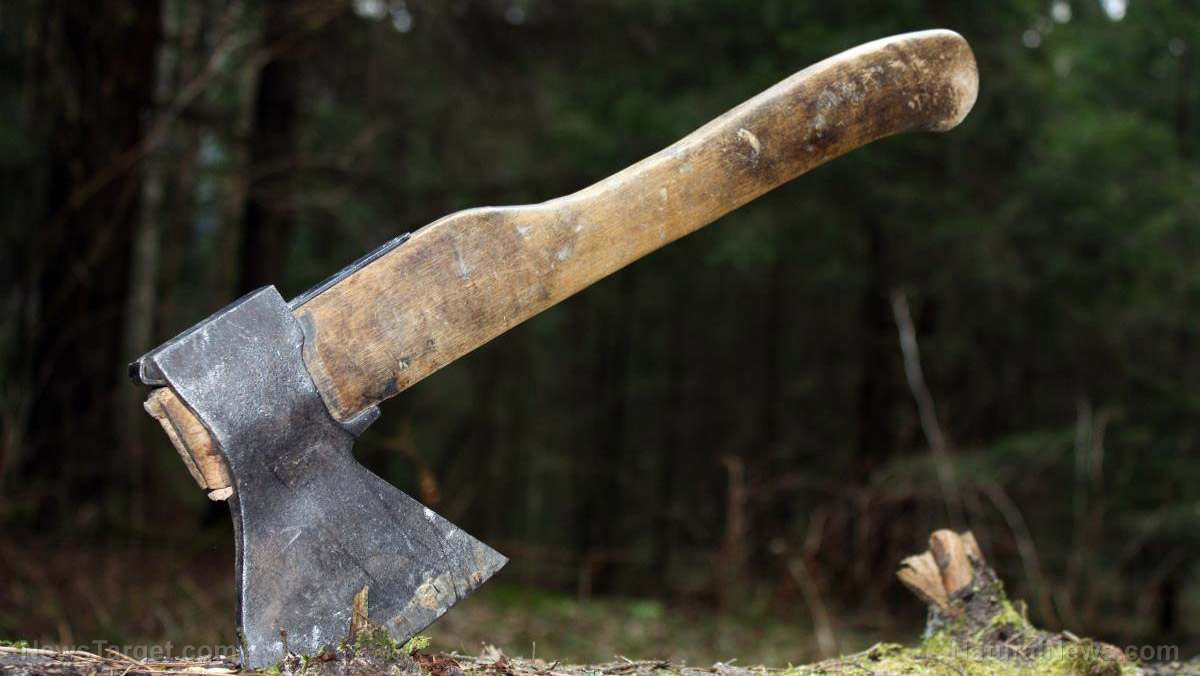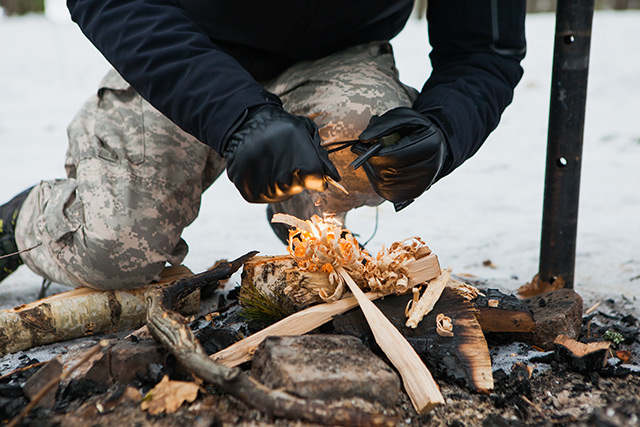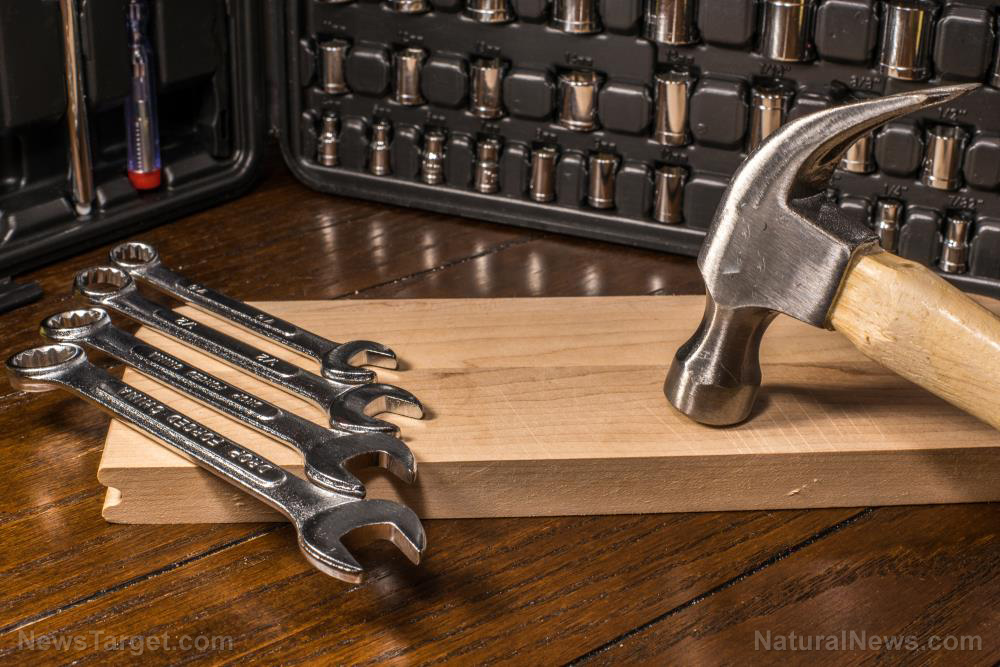3 skills you need to learn to become more self-sufficient
11/27/2018 / By Zoey Sky
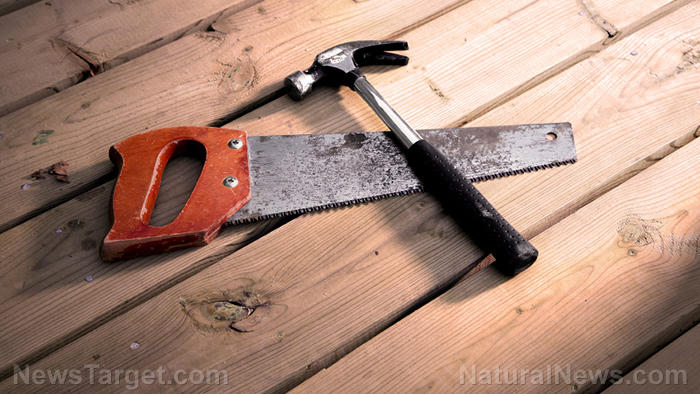
Preppers recognize the importance of various survival skills, such as woodworking and welding, since they can teach you how to be more self-sufficient. These skills can also improve your chance of survival when SHTF. (h/t to DoomsdayMoose.com.)
Follow these tips to start your journey to self-sufficiency.
Woodworking/building a tiny house
Tiny houses are more than just an adorable trend. These tiny homes can also be an efficient and smart way to live during a survival scenario.
A tiny house measures around 100 to 400 square feet, making them much smaller than the average American home. Tiny houses are also perfect for individuals who wish to practice minimalism, especially since they usually include just the minimal essentials to survive like a bathroom, bedroom, and a kitchen.
Preppers are also drawn to tiny houses because they can let you live an environmentally-conscious lifestyle. But if you’re looking for a larger home for your family, an off-grid cabin is another sustainable option.
If you’re worried about the costs of building a tiny house, you can rest easy. On average, you will only need about $23,000 to construct your own tiny home, which is a fraction of the cost of a typical $272,000-home. Aside from being a good downsizing option, tiny houses are also convenient to build in a post-SHTF world when resources are scarce and supplies are low.
Take note that there are some pros and cons to building your own house. It gives you the freedom to decide where you want to build your house and how you’ll build it, but dealing with construction duties and costs on your own or with a small team may be overwhelming and stressful.
Welding
In a survival scenario, welding is a crucial skill to have. Learning how to weld may even give you the opportunity to pursue a successful career. This skill is suitable for people who like to work with their hands.
Welding involves the application of heat to cut metal parts and join them together. If you know how to weld, you can repair your shelter or build useful tools during a disaster.
Like with other skills, you must learn how to weld safely. Always wear protective gear and learn how to use your tools properly before you start any project. (Related: Tips for the beginning prepper.)
Literacy/reading
If you want to survive when SHTF, you need to know how to read. If you’re literate, you can even learn certain skills on your own.
However, the University of Cincinnati reports that literacy rates in the U.S. are “shockingly low.” In fact, middle and high school students scored below the proficient level in their reading skills. It’s possible that too much screen time for children is one reason why literacy rates among American students have plummeted.
To remedy this, foster a love of reading in your kids while they’re still young. By teaching your kids about the importance of reading, they can become strong and confident readers. As they grow older, your children can use their reading skills to learn about crucial survival skills.
When SHTF, the obvious benefits of being literate includes having the skills to read instruction manuals for tools and prepping gear, navigating directions, and formulating an emergency plan.
You can also use your reading skills to entertain yourself. For example, when the power grid goes down, you can read fiction books for pleasure or you can study some new survival skills.
Woodworking, welding, and reading aren’t the only skills you will need to survive a disaster. Other skills that you may need include:
- Animal/pest control
- Carpentry
- Gardening
- Home canning/preserving
- Home repair
- Hunting
- Sewing
- Vehicle maintenance
Learn and apply these essential skills in your daily life so when SHTF, you can use your survival abilities to protect and provide for your loved ones.
To learn more about other essential survival skills and the importance of self-sufficiency, visit Preparedness.news.
Sources include:
Tagged Under: Collapse, disaster, emergencies, emergency preparedness, how-to, literacy, off grid, preparedness, preparedness and survival, prepper, prepping, prepping tips, self sufficiency, self-reliance, self-sustainability, SHTF, survival, survival library, survival skills, Survival Tips, survivalist, tiny houses, welding







